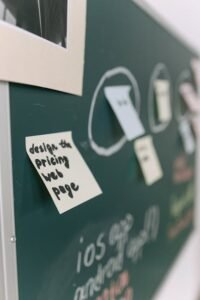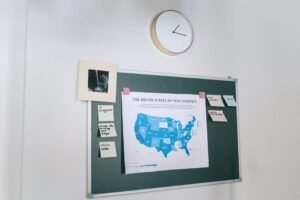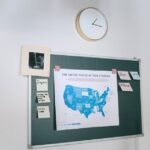Agile Release Trains (ART): How to Get Started 🚂
Welcome aboard the Agile Release Train! If you’re here, you’re probably curious about how to get started with Agile Release Trains (ART). Whether you’re a seasoned Agile practitioner or new to the concept, this guide will walk you through everything you need to know to set your ART in motion. Let’s embark on this journey together!
Table of Contents
1. Introduction to Agile Release Trains 🚄
2. Benefits of ARTs 🌟
3. Steps to Get Started with ART 🚀
4. Common Challenges and Solutions 🛠️
5. Conclusion: Ready, Set, Go! 🎉
6. FAQ ❓
Introduction to Agile Release Trains 🚄
Agile Release Trains are a core component of the Scaled Agile Framework (SAFe), designed to align and synchronize a group of Agile teams towards a common mission. Imagine a group of trains moving together, each with its own destination but on a shared track—that’s ART in a nutshell. It’s all about fostering collaboration and ensuring that everyone moves in the same direction.
Benefits of ARTs 🌟
Why hop on an Agile Release Train? Here are some compelling reasons:
1. Enhanced Collaboration: ARTs bring together cross-functional teams, breaking down silos and encouraging teamwork.
2. Improved Productivity: By aligning objectives, ARTs help teams focus on delivering value, reducing wasted efforts.
3. Increased Transparency: Regular meetings and synchronized planning ensure everyone is on the same page, enhancing communication.
4. Continuous Delivery: ARTs support frequent deliveries, allowing for quick feedback and iterative improvements.
Steps to Get Started with ART 🚀
Setting up an Agile Release Train isn’t as daunting as it seems. Here’s how to get started:
Identify the Value Stream
Begin by identifying the value stream—the series of steps that deliver value to your customer. Understanding this is crucial for setting up an effective ART.
Assemble the Right Team
Gather a cross-functional team that includes product owners, Scrum Masters, and Agile teams. Ensure everyone understands their roles within the ART.
Establish a Program Increment (PI) Cadence
Decide on the length of your Program Increment, typically 8-12 weeks. This will be your ART’s development cycle.
Plan the Initial PI Planning Event
Organize a PI Planning meeting to align teams on goals and objectives. This is where the magic happens—teams come together to plan their work for the upcoming increment.
Implement Continuous Improvement
Encourage regular retrospectives and reviews to refine processes and improve continuously. Remember, Agile is all about adaptation!
Common Challenges and Solutions 🛠️
Every journey has its bumps. Here are some common ART challenges and how to tackle them:
Challenge: Resistance to Change
Solution: Communicate the benefits clearly and provide training to ease the transition.
Challenge: Coordination Across Teams
Solution: Use tools and regular meetings to foster communication and coordination.
Challenge: Maintaining Momentum
Solution: Set clear goals and celebrate achievements to keep teams motivated.
Conclusion: Ready, Set, Go! 🎉
Embarking on the ART journey can be incredibly rewarding. By following these steps and keeping an eye on potential challenges, you’ll set your teams up for success. Remember, the key is to start small, learn, and evolve. So, are you ready to get your Agile Release Train on track? Let’s go!
FAQ ❓
Q1: What exactly is an Agile Release Train?
A1: An Agile Release Train is a group of Agile teams working together to deliver value through a shared vision and mission, often part of the Scaled Agile Framework (SAFe).
Q2: How long does it take to set up an ART?
A2: Setting up an ART can vary depending on the organization’s size and readiness, but it typically takes a few months to fully establish and align teams.
Q3: Can ARTs be used in non-software industries?
A3: Absolutely! While ARTs originated in software development, their principles of collaboration and synchronized delivery can be applied in various industries.
Q4: What tools are essential for running an ART?
A4: Tools that support collaboration, project management, and continuous integration are crucial. Examples include Jira, Confluence, and Jenkins.
Q5: How do I measure the success of an ART?
A5: Success can be measured through various metrics like customer satisfaction, delivery speed, team morale, and quality improvements.












